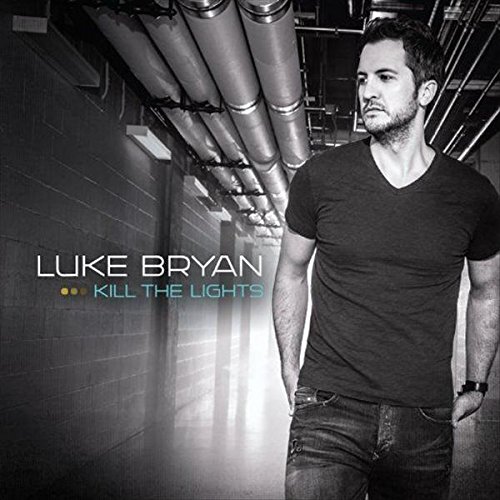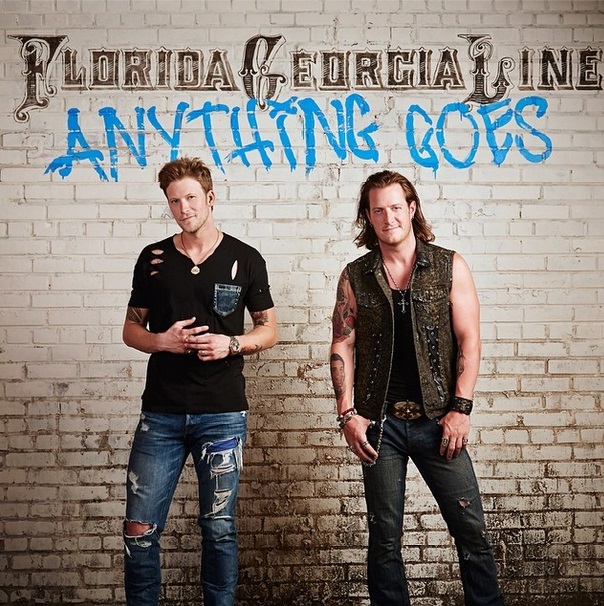
Luke Bryan’s #1 hit, “Fast” is a 90’s country song at heart. But it’s written to appeal to today’s market. As a result, it appeals to both sides of the “bro country” divide. How’d the writers do that? How’d they make “Fast” so cut/able? Let’s take a look.
____________________
To BE a pro, you need to THINK like a pro, and this FREE ebook will help transform your thinking, your songwriting, and your success. Get it today!
_________________________________
So what makes the song “Fast” an undercover 90’s song?
Well, there are a few things. The song is more love than just lusty, for one thing. The singer is a little more sensitive than cool (though he’s by no means a sissy). There’s a little more depth. Yes, it’s ultimately a love song, but it’s also a life song. Life goes too fast.
It also flirts with being a 3-act play, where each verse or bridge spotlights a different story or event of the singer’s past, present or future, and each of these sections shines a different light on the chorus.
“Fast” though, riffs off the 3-act play.
Verse 1 talks about high school and wanting a fast car or fast home team athletes. Whereas a standard 90’s style 3-act play would talk about “when I was 16, all I wanted was a fast car. At 17, all I wanted were faster receivers to throw to, etc.” this doesn’t take you there. But it evokes high school days with the universal “you” (more on this later). Verse 2 moves to different theme – young, rebel love. Then the Bridge brings it to the present moment.
Right now, let’s look at “Fast” through the areas I highlight in my workbook, “Cut/able.”
IMAGERY
While this song isn’t overloaded with imagery, the writers do throw a few well-placed ones into the lyric. Verse 1 opens on a fast car when you’re 16. I bet that made you flash back to a memory. What did you see? The “hometown team” line make me picture my high school football days. Those images punch the nostalgia button.
The chorus gives you the hourglass sand. Verse 2 doesn’t have much. I see parents, but that’s about it. Then the bridge really paints the picture of the smiling girl in the dress looking out the window. The writers do the most work to “put you in the moment” when they bring the song to the present… moment. Cool, huh?
GAPS (Growth, Achievement, Preaching/Positioning, Songwriting)
“Fast” fills a gap for Luke Bryan on growth. It allows Luke to talk about love and life from a little more mature perspective. Sure, it isn’t “old grandpa wisdom.” Luke’s not handing out answers to the questions of life, but it’s deeper than his usual tailgates and tan lines subject matter. And it’s also more true love than tailgate lust. It’s the same guy from those other songs – just a little older in love.
PUL/D (Positive, Uptempo, Love / Depth)
Songs simply tend to be more cut/able when they’re positive, uptempo, and about love or something with some depth. “Fast” checks several of those boxes by being positive (yes, there’s a bittersweet emotion to it, but he’s happily in love). It’s a love song, as I just mentioned, and it also pulls off some depth – being about how life moves too fast. No, it’s not an uptempo, but it has a nice mid-tempo feel. The point is- it’s not a slow ballad.
MVPOV (Most Important Point Of View)
This is where the writers, Luke Bryan, Luke Laird, and Rodney Clawson) really pull off something cool. They manage to break a “rule” and make it pay off. Luke sings from the “me to the world” point of view (in Cut/able, I call it the 4th POV) in the Verse 1 and Chorus 1. Then in the 1st POV (“me” singing to “you, specifically”) in Verse 2 and the Bridge.
This is cool because the 4th POV is great for anthems and universal sentiments. And 1st POV is best for romantic love songs. “Fast” plays on both these levels, so the POV does, too.
I’d normally advise against mixing POVs, but these guys are great songwriters (and they wrote it with the artist), so they got away with it. You and I need to be very careful about mixing POVs, though.
NEIGHBORHOODS
Luke Bryan’s neighborhood has mostly been solidly “bro country.” Young, shallow, sexy, tailgates and parties. As I mentioned under GAPS, this song grows him beyond that a little. But it’s not a leap across town. He still keeps one foot planted firmly in “bro.” Here’s how:
Verse 1 begins the song with bro-friendly subjects of fast cars and hometown sports. Verse 2 has some rebellious teenage romance. Her parents disapprove. It’s not grand theft auto, but fast cars and rebellious teen love help him keep his bro cred.
Lastly, and this is a big one, they keep it young!
The theme of the song could have easily led them to write about getting married, getting some gray hairs and watching their kids grow up “too fast.” But that’s not Luke’s neighborhood. They keep it young. For all we know, he and the girl have only been together a year or two (when you’re 20, two years together seems like a long time). But it’s written openly enough that they could be married and they could be middle-aged or older. It’s not vague, but it’s open enough that the listeners can see their own lives in it.
Basically, “Fast” hits on a lot of commercial principles I advocate in Cut/able. The songwriters really hit the nail on the head with this one.
If you’re ready to take YOUR commercial songwriting to the next level, I have a great opportunity for you.
In August 2017, I’m hosting “The C4 Experience (C4X)” event. This is YOUR opportunity to really focus in on writing more commercial songs. You’ll get expert coaching and a small, supportive community. And with it being online, you can join us from anywhere in the world with an internet connection. If you want details, just CLICK HERE. Tickets are on sale now, and space is limited to only 10 songwriters!
God Bless and Enjoy the Journey,
Brent
Brent Baxter is a hit songwriter with cuts by Alan Jackson, Randy Travis, Lady Antebellum, Joe Nichols, Gord Bamford, Ruthie Collins, Ray Stevens, and more. He’s written a top 5 hit in the US and a #1 in Canada… so far.










